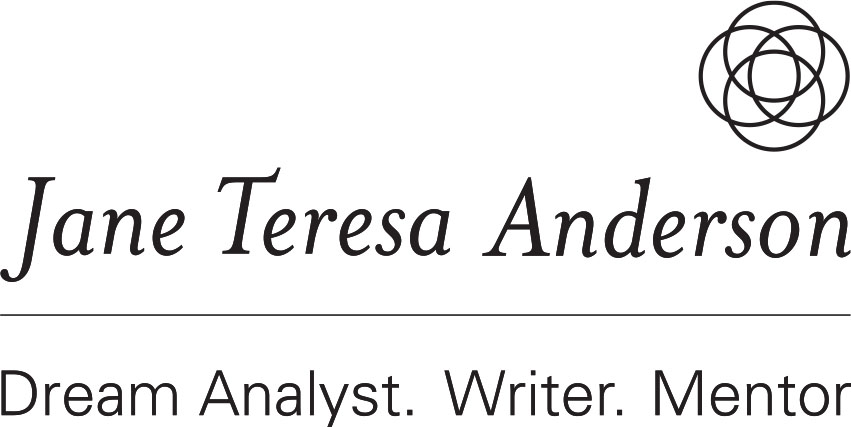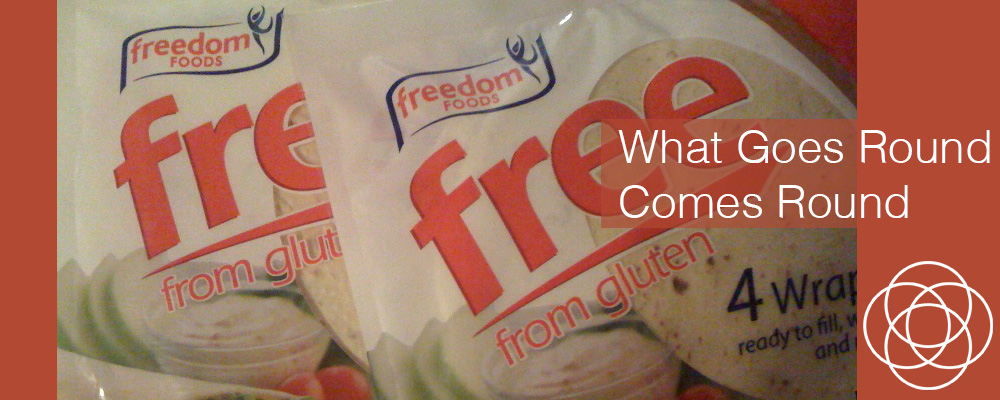If you want to understand the meaning of life, or see the mysteries of the universe revealed before your eyes, go to your local supermarket.
Yesterday’s trip to our local Woolworths to buy some bread and fish – yes, how biblical – reminded me how stunningly the universe is revealed in the apparently mundane. “To see a world in a grain of sand,” wrote William Blake in 1794. I saw the world in a grain of bread, rice bread to be precise.
My story starts two days ago, when Michael and I slipped into Woolworths to buy some milk and cheese on our way home. We chose the self serve checkout, scanned our milk and cheese, and noted the total was less than $10. Michael fed a $20 note (a $20 bill) into the machine, and out popped brand new two dollar coins. They were so gleamingly gold and shiny that they captured our attention, and we wandered away, supermarket bag in hand, talking about the mysteries of coin circulation.
It was only when we got home that we realised we’d overlooked picking up the rest of our change, the $10 note.
“Oh well,” Michael said, “the people behind us must have needed it more than us.”
The next day, we dropped into the same supermarket on the way home to buy some bread and fish. Now, I like wheat free bread, and my usual brand of pure rye had been sold out. That’s when I noticed a packet of wrap bread, advertised as gluten free.
“This will do for now,” I said. It was rice bread, not the wholemeal I prefer, but it would do the job. “Oh, it’s on special today,” I said to Michael, “two for $5, two for the price of one. Might as well take two.”
Hey, I know this is mundane, but wait! (William Blake nods in spirit.)
We chose the self serve checkout again. The scanner charged the first wrap bread at full price, $4.98, so Michael called over the assistant who suggested scanning the second wrap to see what happened. Full price was charged again. She asked us to wait; people to consult, decisions to be made.
This was getting silly, we thought. Why don’t we just pay full price and leave?
“Come this way,” commanded the assistant, leading us to another checkout, where we were reimbursed $9.96 because the supermarket has a rule that anything scanned at the wrong price is given for free. (I should have known. Look at the pic: It was written.)
So what did we get? We pretty much got the $10 back from the day before, considering the full price of the bread, and we received it as ‘bread’, slang for money.
What goes round comes round. What you give away, or what you let go or surrender, comes back, wrapped as manna perhaps. A reminder of the law of karma, delivered in a humble round wrap made from grains of rice.
What will you see and what can you learn about the mysteries of the universe today if you keep your eyes open to the humble events of This Waking Life?
Today’s story throws new light on yesterday’s blog about the ant that was walking round and round the table as I was eating my wheat-free cheese sandwich.
What goes round, comes round.
PS
I have just read Blake’s full poem, Auguries of Innocence, and noted its many reflections on karma.
I wonder how many of us only know the first verse:
To see a world in a grain of sand,
And a heaven in a wild flower,
Hold infinity in the palm of your hand,
And eternity in an hour.


Pingback: uberVU - social comments